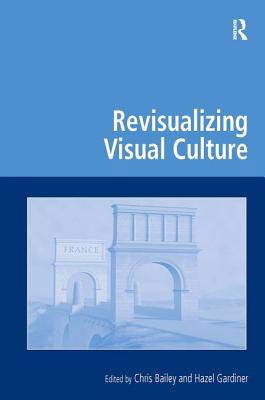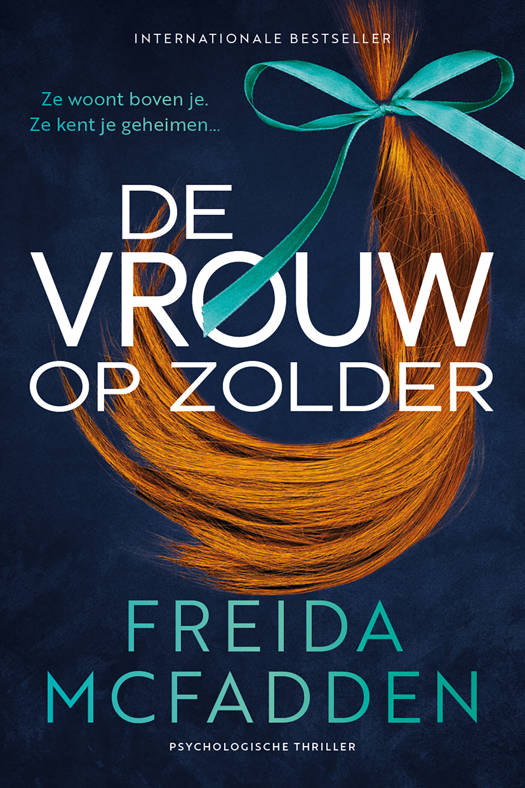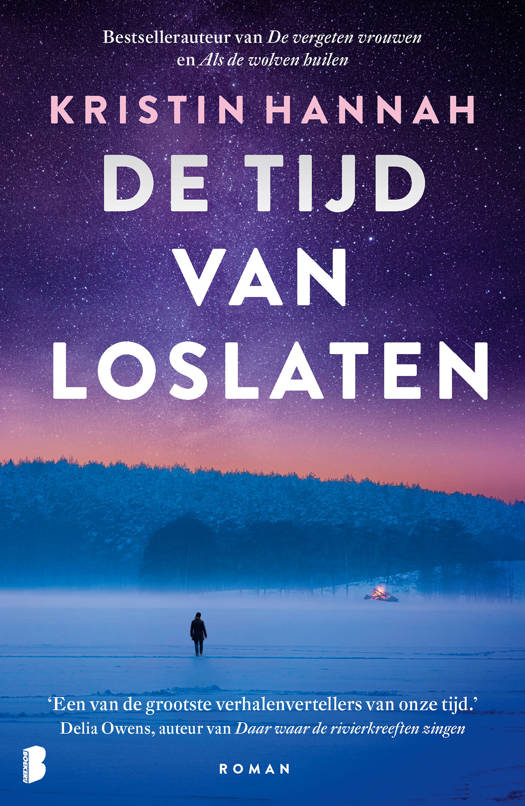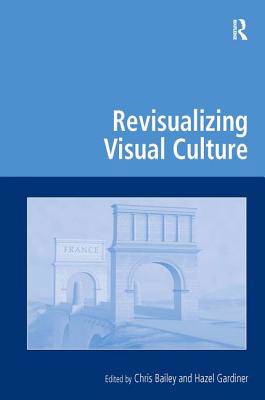
- Afhalen na 1 uur in een winkel met voorraad
- Gratis thuislevering in België vanaf € 30
- Ruim aanbod met 7 miljoen producten
- Afhalen na 1 uur in een winkel met voorraad
- Gratis thuislevering in België vanaf € 30
- Ruim aanbod met 7 miljoen producten
Zoeken
Omschrijving
In the past twenty years digital technology has had a radical impact on all the disciplines associated with the visual arts - this book provides expert views of that impact. By looking at the advanced ICT methods now being employed, this volume details the long-lasting effects and advances now made possible in art history and its associated disciplines. The authors analyze the most advanced and significant tools and technologies, from the ongoing development of the Semantic Web to 3D visualization, focusing on the study of art in the various contexts of cultural heritage collections, digital repositories and archives. They also evaluate the impact of advanced ICT methods from technical, methodological and philosophical perspectives, projecting supported theories for the future of scholarship in this field. The book not only charts the developments that have taken place until now but also indicates which advanced methods promise most for the future.
Specificaties
Betrokkenen
- Auteur(s):
- Uitgeverij:
Inhoud
- Aantal bladzijden:
- 206
- Taal:
- Engels
- Reeks:
Eigenschappen
- Productcode (EAN):
- 9780754675686
- Verschijningsdatum:
- 28/01/2010
- Uitvoering:
- Hardcover
- Formaat:
- Genaaid
- Afmetingen:
- 156 mm x 233 mm
- Gewicht:
- 543 g

Alleen bij Standaard Boekhandel
+ 432 punten op je klantenkaart van Standaard Boekhandel
Beoordelingen
We publiceren alleen reviews die voldoen aan de voorwaarden voor reviews. Bekijk onze voorwaarden voor reviews.











